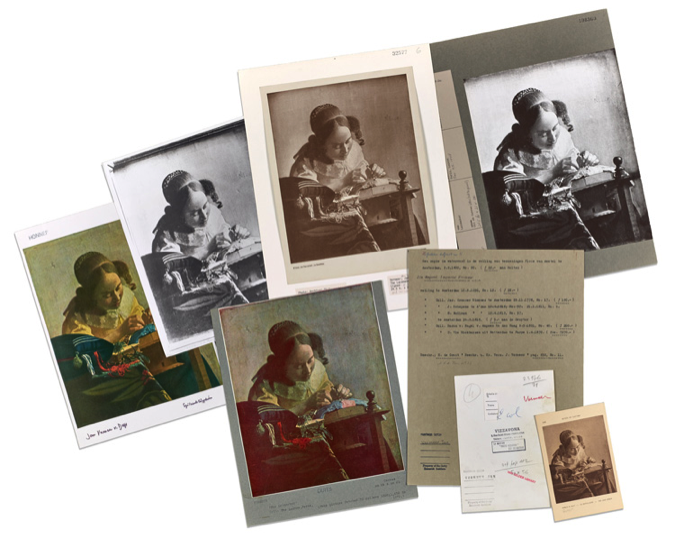A photo archive is a collection of photographs created or brought together by an individual or institution. In the 21st century, a photo archive could be analog or digital, or both. Photo archives are typically used by museums and institutions to record objects in their care. The photographs in an archive might have been assembled for a specific purpose or for multiple uses, for an individual or a wider audience. For instance, a scholar may take photographs and assemble and preserve them online for future research purposes. This would be a private photo archive.

Why are photo archives important?
Photo archives are important to keep a record of important events and artifacts in history to look back on over time, the bigger the archive, the wider the understanding – photo archives are usually kept in prints depending on how old the collection is, but with new technology the majority of archives can now be found online.
The Jersey photographic archive

Jersey has it’s own photographic archive which contains over 125,000 photographs of different aspects of Jersey culture including the changing landscape, important artifacts and major events that have happened in Jerseys history. The photographic archive is important because it helps educate people about Jersey’s heritage.
The Société Jersiaise was formed in 1873. Included in its founding objectives were the creation of a museum and library. Publication of a Bulletin Annual commenced in 1875, and an annex to the society’s second Annual Report for 1876 drew the attention of members to the importance of a number of important subjects including, ‘Recording in permanent photography local prehistoric monuments, buildings and ruins.’
With the practice and collecting of photography already identified as priorities, these activities were continued as significant parts of the society’s museum and library. Multiple interests in the medium of photography, as a method for recording research, as documentary and scientific records and as an independent art form are actively maintained by society members to the present day. These patterns of development, established over more than 140 years, have resulted in the accumulation of a photographic archive which is remarkable in its insular context.
Thomas Sutton
Thomas Sutton, who opened a photographic studio in Jersey in 1847, the year after graduating from Cambridge University, is one of the most important people in the history of world photography. He took the world’s first permanent colour photograph in 1861, and invented the single lens reflex camera in the same year. He also developed the first panoramic camera with a wide-angle lens.

In 1859 Sutton developed the earliest panoramic camera with a wide-angle lens. The lens consisted of a glass sphere filled with water, which projected an image onto a curved plate. The camera was capable of capturing an image in a 120 degree arc.Another photographic development was the first single lens reflex camera, in 1861. He was also the photographer for James Clerk Maxwell’s early experiments in color photography and in 1861 took the world’s first permanent color photograph of a Tartan ribbon. Maxwell directed Sutton to take three photographs of the ribbon, through red, green, and blue filters. The plates were developed and projected on a screen by three projectors, each with the same color filter used to take its photograph. When brought together in focus, a full-color image was formed. He also worked on the development of dry photographic plates.

Eve, a well constructed essay, that demonstrates that you have researched, read and thought about the essay question and the function of the archive in general. Prose and sentences flows naturally and clearly you have an ability to express yourself in writing, which is promising for the upcoming Personal Study essay.
For your Personal Study, consider how images or specific collections from the historical photo-archive at Societe Jersiaise may help to develop your project.
12/18 = B grade